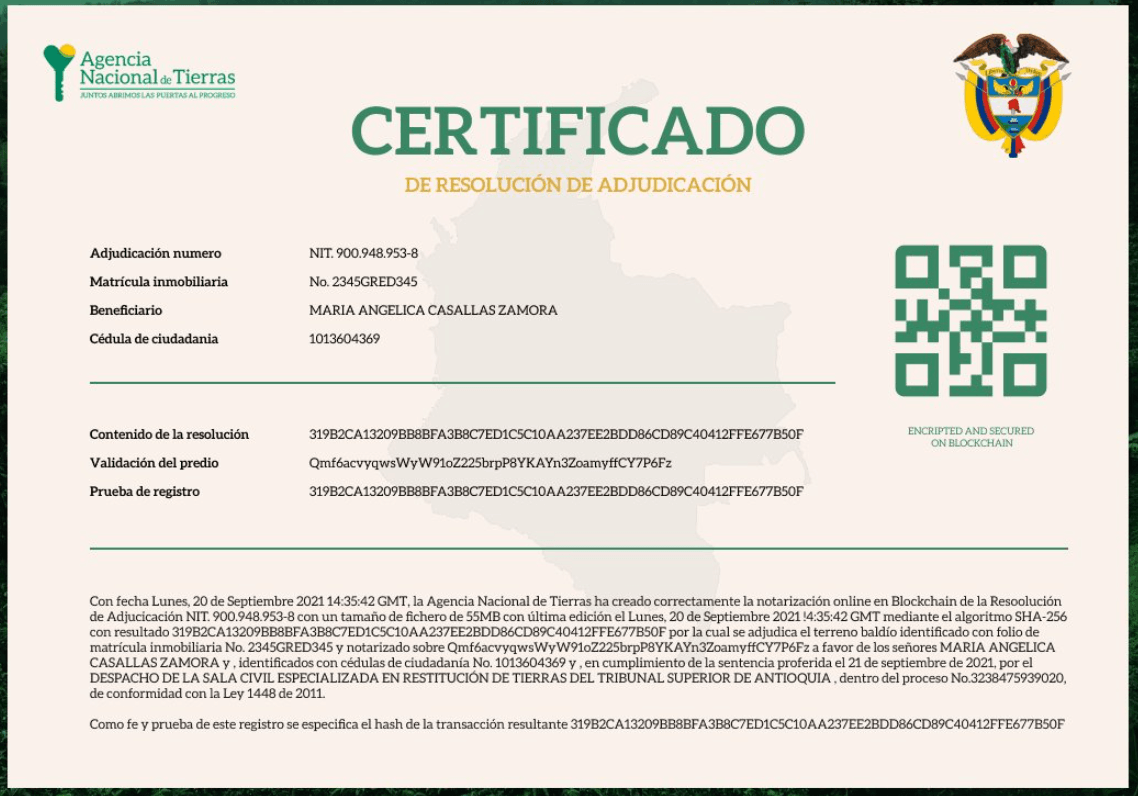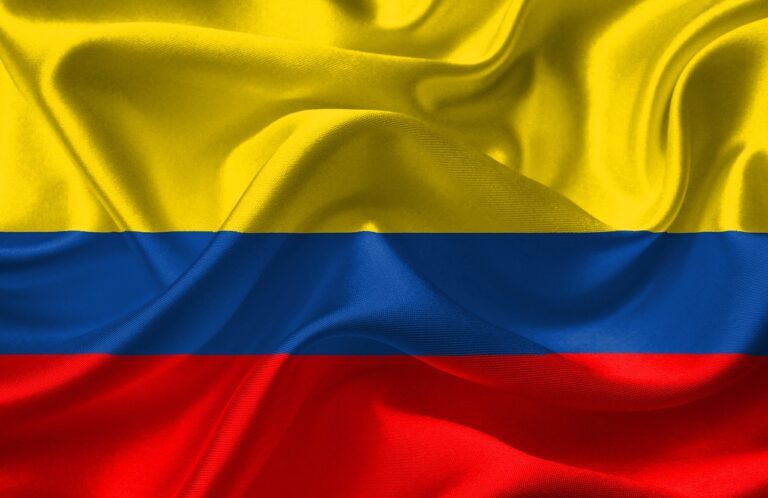Barcelona-headquartered blockchain startup Peersyst recently partnered with FinTech firm Ripple to demonstrate a new use case for the open-source public XRP Ledger (XRPL): an XRP-powered notarization system.
XRPL was created in 2012 by David Schwartz, Jed McCaleb, and Arthur Britto, and its native digital asset is XRP.
On July 1, Peersyst announced the launch of Colombia’s first National Land Registry on top of the XRPL blockchain, a project that has been in development for over a year.
Peersyst went on to say that this solution for Colombia’s National Land Agency (“AgenciaTierras”) is based on XRP Stamp, which enables registering digital assets on XRPL and verifying their authenticity via QR Codes.

The Spanish blockchain startup also thanked Colombia’s “Ministerio TIC” (Ministry of Information Technologies and Communications) and Carmen Ligia Valderrama Rojas, who is Colombia’s Minister of Information Technologies and Communications.
XRP Stamp decentralized (“built in the XRP Ledger, which “means first quality technology and high-performance structure”), secure (“once the files are verified and the certificate generated all the information is secure and stored on-chain”), and cross-service (“offers a reliable data notarisation system that can be used by multiple entities for different purposes”).
XRP Stamp was “designed, developed and deployed” by Peersyst and it uses non-custodial XRP wallet Xumm, which currently (as of July 3) has over 170,302 monthly active users.
Highly respected and very popular Japan-based crypto analyst “CryptoEri”, who is one of the biggest influencers in the XRP community and the host of the “Crypto Eri” YouTube channel, had this to say about Peersyst and XRP Stamp to her over 202K Twitter followers:
Image Credit
Featured Image by “DavidRockDesign” via Pixabay.com









